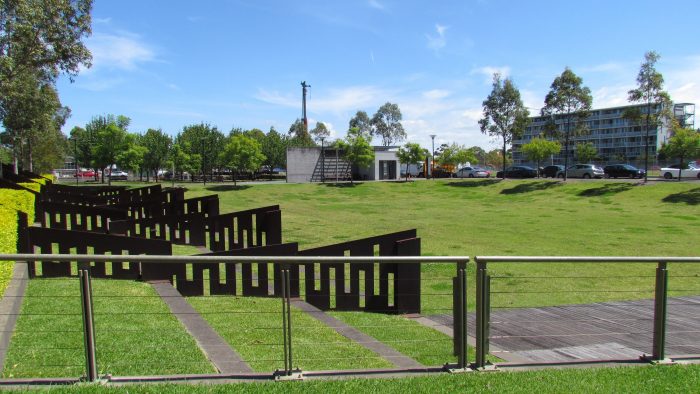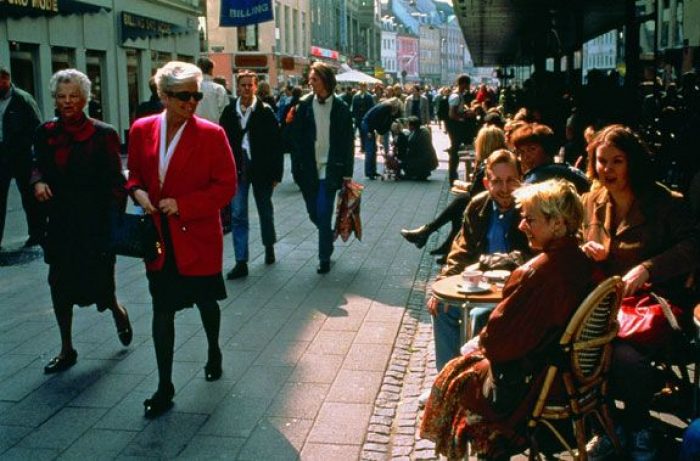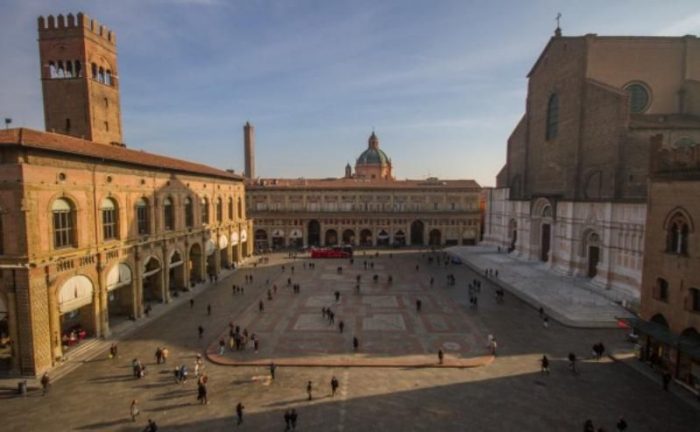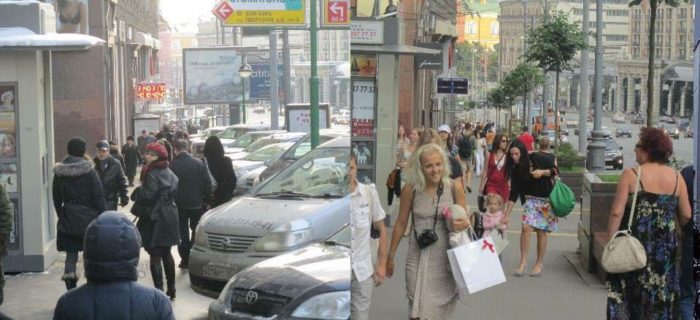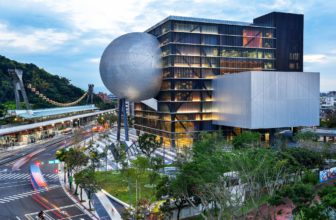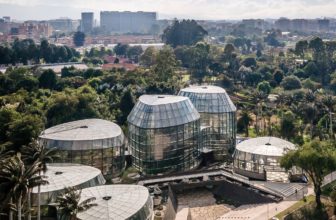“Streets and their sidewalks, and main public spaces of a city are its most vital organs”, said Jane Jacobs in her book The Death and Life of Great American Cities. Public spaces are complex, organic things and design is only a small fraction of what goes into making a great public space. You cannot expect to do everything right initially. The best spaces evolve over time when you experiment with short-term improvements that can be tested over years. However, there are some tips and guidelines that can set the foundations for a great final design:
1. Keep it simple
In the first stages of your project, maintain a simple and adaptable design that will allow for future enhancement of the space as funds become available and the community more involved. A good design should be able to adapt to change. While buildings come and go, the streets and the public spaces last for a longer time. New developments and public realm improvements should be designed both to respect the existing context and to accommodate future changes.
2. Make it accessible for everyone
A good public space provides ease, safety, and choice to people when moving to and through places. Helping people to find their way around and understand how a place works is often overlooked but it’s one of the most important factors in design. Create paths and wayfinding signage to improve accessibility, orientation, and connectivity of spaces and functions. A clear hierarchy of streets and paths should be established to enable pedestrians, cyclists, and people with physical disabilities move around the city safely and quickly.
3. Highlight the character of the city
Recognizing and valuing the differences between one place and another is the cornerstone of a good design. Protect and enhance the buildings, streets, materials, landmarks and views that are unique and give the city its identity. The appearance of the built environment defines an area’s identity and character and creates a sense of place and community belonging. High-quality contemporary design that has evolved from its context, including respect for the heritage, is also encouraged.
4. Plan for people, not for cars
The streets are the interface between the public and the private realm. A street should be designed to accommodate all sorts of functions, not dominated by one, as in our modern society by the car. If you plan cities for cars and traffic, you get cars and traffic. But if you try to incorporate the local car movement in streets with priority to pedestrians and cyclists, you can get amazing results in terms of quality and safety. By leaving your car at the limit of the residence area, and walk 100 or 150 meters to your house, crossing the neighborhood, you have more space for other creative open-air activities and a more human-centered public space.
5. Use all your senses
The human movement is by nature limited horizontally with a speed of about 5 km/h. The senses are actually orientated frontally and the sense of vision is undoubtedly developed horizontally. The social vision field is around 100 meters. This is the distance in which you can recognize human figures while in about 30 meters distance you can distinguish more detailed characteristics of a person. The sense of smell works best in distances smaller than 2-3 meters while the sense of hearing has a wider functioning range at 35 meters. With these in mind, try to create opportunities for those with sensory or physical disabilities to use smell, sound, and touch to enhance the user experience.
6. Parks are more important than you think
The great public parks of the world, just like other great places in cities, are multi-use destinations. By collectively deciding on what will make the park desirable to come to, they will attract a range of people for a multitude of reasons, coming together for a shared public experience.Parks are offering a range of recreation opportunities extending from a place to sit in the shade, through playgrounds, circuit paths and in larger parks sports areas and facilities. While new parks should ideally be no smaller than 0.5Ha this may vary in urban infill sites, where a minimum 0.3 Ha is generally considered the smallest viable size for most local informal recreation activities.
7. Trust the user experience
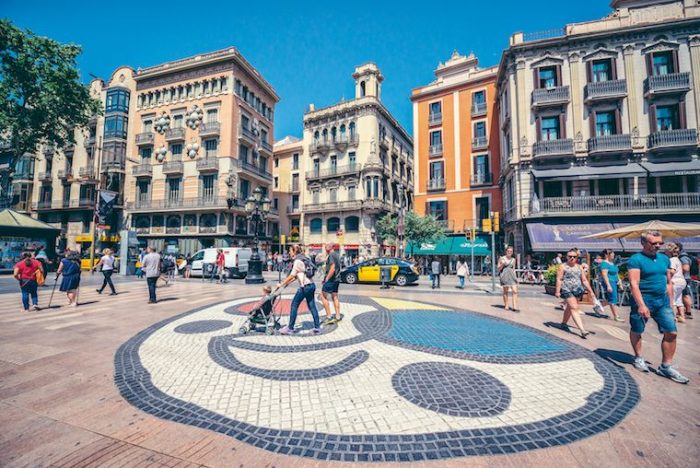 When people walk, they tend to prefer straight routes and to use “shortcuts”. The acceptable walking distance for most people in usual daily circumstances is 400-500 meters. For children, elderly or physically disabled people the acceptable distance is often shorter. These distances are affected by the length of the street and the quality of the path, considering the sense of safety it offers as well as the diversity of stimuli it has to offer. People tend to avoid long detours from their predefined destination and if this destination is visible, they are heading straight to it.
When people walk, they tend to prefer straight routes and to use “shortcuts”. The acceptable walking distance for most people in usual daily circumstances is 400-500 meters. For children, elderly or physically disabled people the acceptable distance is often shorter. These distances are affected by the length of the street and the quality of the path, considering the sense of safety it offers as well as the diversity of stimuli it has to offer. People tend to avoid long detours from their predefined destination and if this destination is visible, they are heading straight to it.
8. Choose the right materials
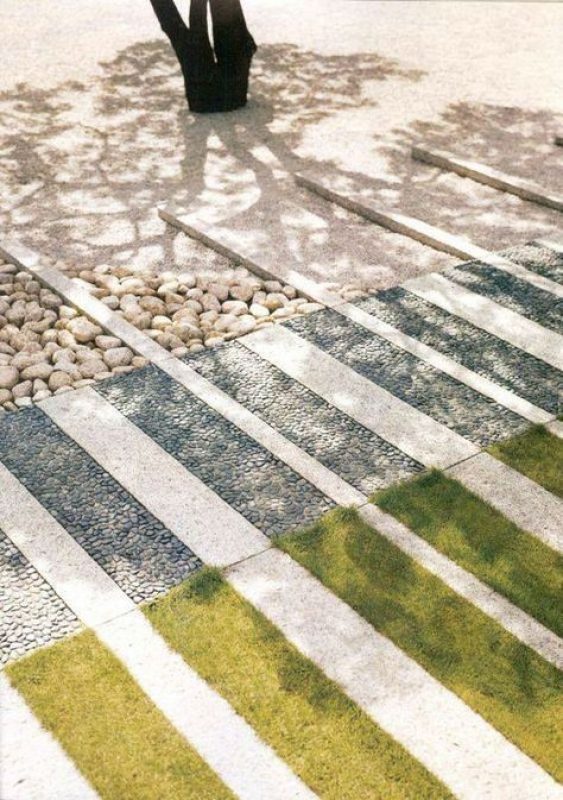 Generally, the materials used in paving and surfacing in a public space should be defined by a simplicity of design and layout as well as an overall quality. There are also some criteria that you should take into consideration when choosing the appropriate materials for your project:
Generally, the materials used in paving and surfacing in a public space should be defined by a simplicity of design and layout as well as an overall quality. There are also some criteria that you should take into consideration when choosing the appropriate materials for your project:
- Sustainability: Make it more energy and resource sufficient and lower the environmental impact of the project. Use materials found in the area that can be replaced easily.
- Cost: Focus firstly on areas that are more significant and attract the highest public usage. Make sure they are carefully detailed and implemented to avoid extra construction and maintenance costs.
- Aesthetics: Use simple, robust and fit to purpose materials that are multi-functional and thoughtfully designed. Respect the existing context and diversify the uses.
9. Engage the community
This principle is about tapping into the collective wisdom of those that know the community best – its citizens. By engaging those with a historical perspective, insights into how the area functions, and an understanding of what is meaningful for locals, it will help to create a sense of ownership and better ensure the success of public space projects. Places which feel good to the people of the city will encourage them to use them and when well used, they stand a better chance of being well cared of.
10. You are never finished
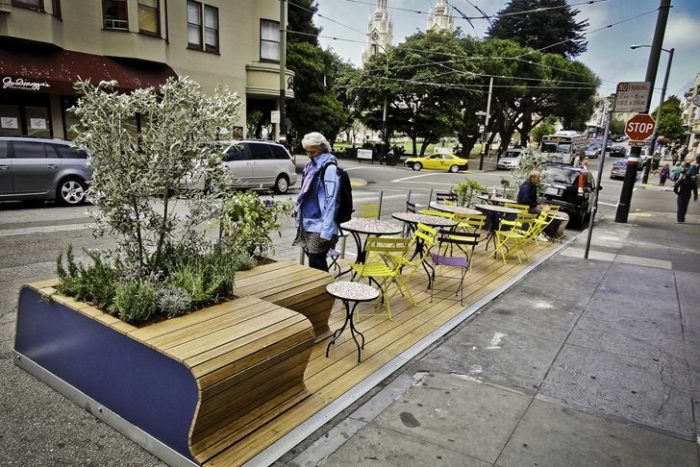 By nature good public spaces that respond to the needs, the opinions and the ongoing changes of the community require attention. Amenities wear out, needs change and other things happen in an urban environment. Being open to the need for change and having the design flexibility to enact that change is what builds great public spaces and great cities and towns.
By nature good public spaces that respond to the needs, the opinions and the ongoing changes of the community require attention. Amenities wear out, needs change and other things happen in an urban environment. Being open to the need for change and having the design flexibility to enact that change is what builds great public spaces and great cities and towns.
References
Gehl J., (2006). Life Between Buildings. The Danish Architectural Press. pp. 70-157.
Project for Public Spaces, Inc., (2012). Placemaking and the Future of Cities. pp. 1-35
UrbanGrowth NSW, Landcom Projects., (2008). Open Space Design Guidelines. pp. 1-56


